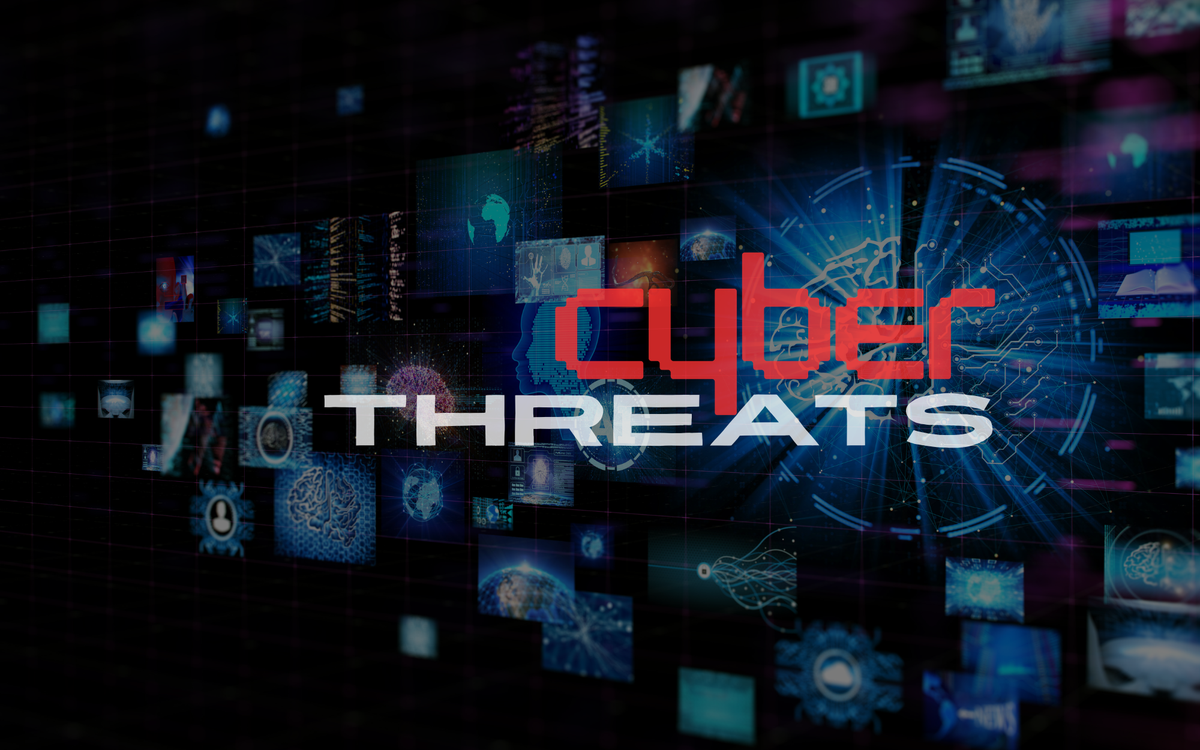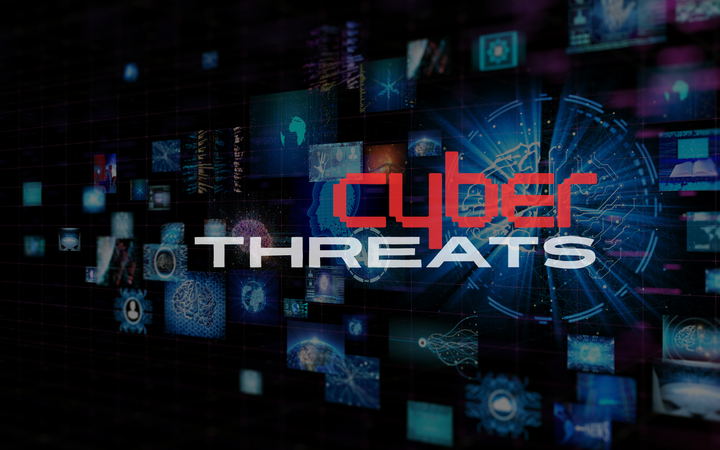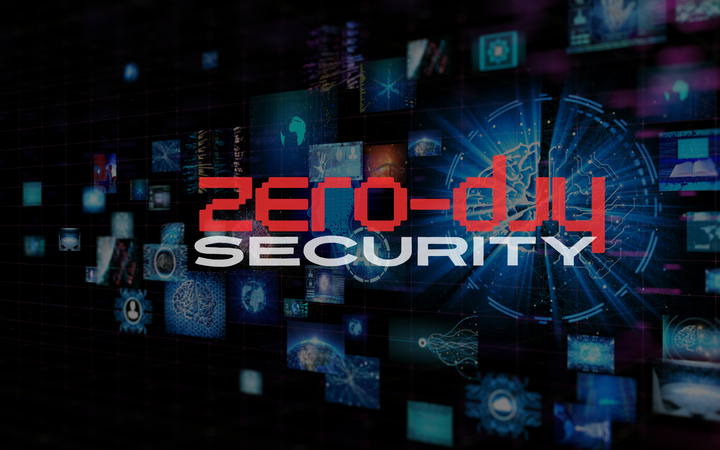Ransomware Trends in 2025: Faster, Smarter, More Targeted
Ransomware in 2025 has become faster, more targeted, and more destructive. With triple-extortion tactics and affiliate networks fueling its spread, organizations must view ransomware not as malware but as a business ecosystem designed for maximum leverage.

Introduction
Ransomware has matured into a global cybercrime economy. What began as crude "locker" malware is now a billion-dollar business model, supported by affiliates, brokers, and service providers. In 2025, ransomware operators are refining their methods to maximize leverage and minimize detection.
Evolution of Ransomware
- Early 2010s: Simple encryption with ransom notes.
- 2016-2020: Widespread adoption of Ransomware-as-a-Service (RaaS).
- 2021-2023: Emergence of double extortion (encrypt + steal data).
- 2024-2025: Rise of triple extortion, adding harassment of customers/partners or DDoS threats.
Current Trends
- Shorter Dwell Time: Attackers now strike within 24-48 hours of initial access, compressing the attack cycle.
- Industry-Specific Targeting: Healthcare and manufacturing are most vulnerable due to reliance on uptime.
- Affiliate Networks: Skilled developers provide ransomware kits, while affiliates handle distribution.
- Leak Sites as Leverage: Public "shame sites" increase pressure on victims to pay.
Real-World Example
The 2025 “IronFang” campaign targeted U.S. hospitals, exfiltrating medical records before deploying ransomware. Attackers threatened HIPAA exposure fines if victims refused to pay.
Mitigation Strategies
- Maintain air-gapped, immutable backups.
- Deploy network segmentation to limit spread.
- Conduct tabletop exercises simulating ransomware response.
- Work with law enforcement and information-sharing groups.
ThreatGrid Takeaway:
Ransomware is no longer a malware issue but an ecosystem challenge. Organizations must treat resilience planning as essential business continuity.



